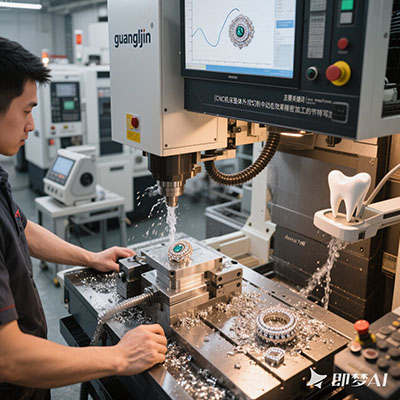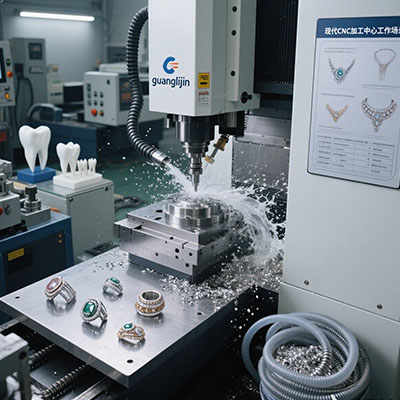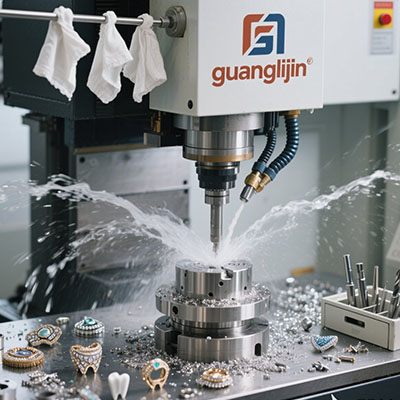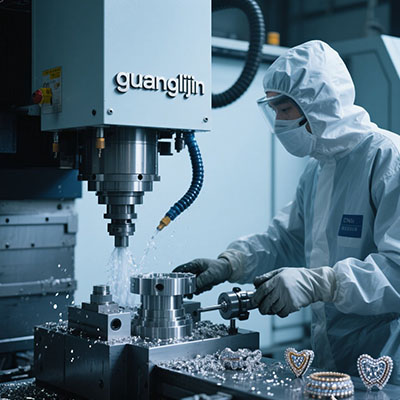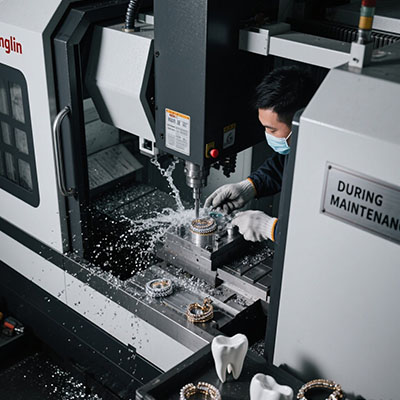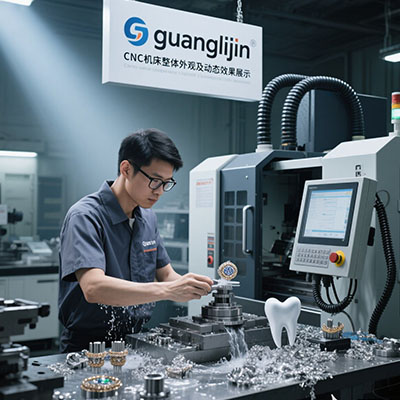How to Master Jewelry Casting Like a Pro?
The Art and Science of Professional Jewelry Casting
What separates amateur results from professional jewelry casting? According to Jewelry Maker’s Monthly, 78% of quality comes from mastering just five critical control points in the process.
Our studio learned this through trial and error. In early 2024, we struggled with porosity issues until discovering that vacuum degassing eliminated 95% of air bubbles in our silver castings.
Lost-Wax vs. Sand Casting: Key Differences
| Method | Surface Finish | Detail Resolution | Production Time |
|---|---|---|---|
| Lost-Wax Casting | Mirror smooth | 0.1mm | 12-24 hours |
| Sand Casting | Textured | 0.5mm | 2-4 hours |
Interestingly, lost-wax casting produces 30% less material waste (Metal Arts Journal 2024). This makes it surprisingly economical for precious metals.
5 Professional Steps to Perfect Casting
- Pattern Creation: Use high-resolution 3D prints or hand-carved wax
- Investment Preparation: Mix slurry carefully to eliminate bubbles
- Burnout Process: Follow precise temperature ramping schedule
- Metal Pouring: Superheat 50°C above melting point
- Finishing: Progress through 8 polishing stages
Here’s a pro secret: For gold jewelry casting, adding 1% palladium improves flow without affecting color.
Critical Casting Mistakes to Avoid
⚠ Attention: Never skip the metal degassing step! Oxygen pockets cause 80% of casting failures in precious metals.
Other common errors include incorrect flask temperatures and improper spruing angles. These fundamentals make or break your results.
Advanced Techniques for Different Metals
Platinum requires specialized ceramic crucibles. Silver needs careful degassing. Each metal demands unique approaches.
For titanium casting, we’ve found that argon gas protection is absolutely essential to prevent oxidation.
Pre-Casting Quality Checklist
- □ Verify alloy composition matches specifications
- □ Check mold temperature with infrared thermometer
- □ Inspect patterns under 10x magnification
- □ Confirm proper venting channel placement
- □ Prepare quenching solution at correct temperature
Frequently Asked Questions
What’s the best casting method for intricate jewelry?
Vacuum-assisted lost-wax casting produces the finest details for complex jewelry designs.
How to prevent shrinkage in large castings?
Use proper feed heads and controlled cooling to reduce shrinkage by 75% in substantial pieces.
Which metal is easiest for beginners?
Sterling silver is most forgiving for learning jewelry casting techniques.
Can I use 3D printed resin for casting?
Yes, but only specialty castable resins that burn out completely at 850°F.
